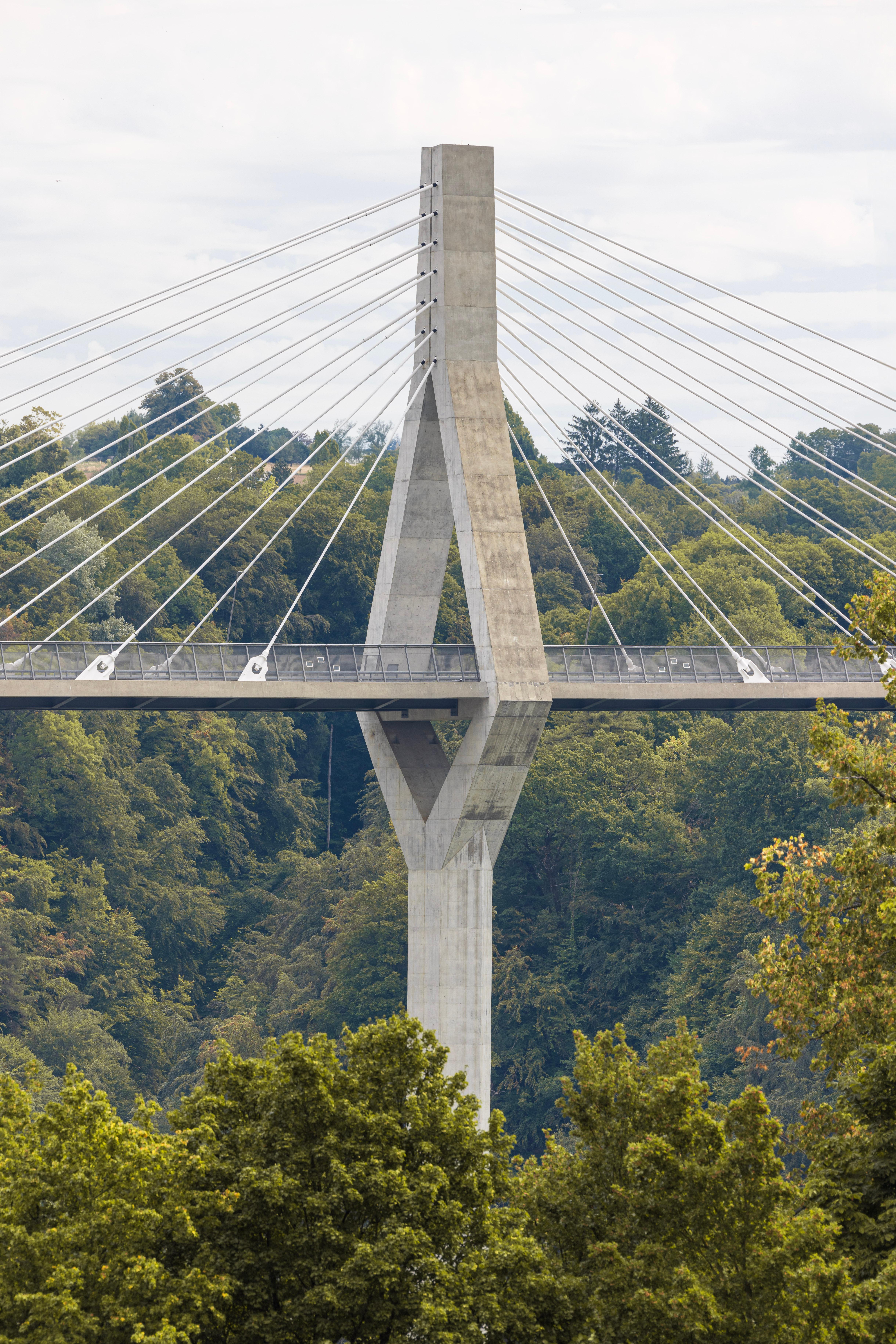ADDRESSING HIGH-ENERGY INJURY PATTERNS
Fractures extending to the diaphysis were not amenable to our POYA system in the past. This has now been corrected: In addition to the already available plate, the line extension adds one shorter plate (4 holes) and three longer plates (9, 14 and 18 holes) to provide surgeons with additional options when treating fractures of the tibia. The dimensions of the new long plates were carefully selected by our development team and evaluated in collaboration with the Technical Commission to deliver the greatest amount of coverage while still respecting the master principle of “reducing complexity”. The new POYA-L Plates have already been launched in the United States and are now available in Switzerland and Australia/ New Zealand, as well.
SWITZERLAND — A WINTER WONDERLAND OF TIBIAL INJURIES
Tibial fractures are frequently encountered during the skiing season here in Switzerland. The new generation of carving skis play a crucial role in these high-energy fracture patterns. Many of our colleagues here routinely treat tibia fractures in the winter, when the majestic Swiss Alps attract sports enthusiasts from all over the world. Both skiers and snowboarders are prone to injuries in the lower extremities; tibia fractures, most notably spiral fractures, are a prevalent concern among skiers. According to a Finnish study, tibial shaft fractures comprise a staggering 63% of cases among skiers, followed by proximal tibial fractures, which constitute 27% of incidents (Stenroos et al., 2015).
MAIN PLATE FEATURES
Smart trajectories of the proximal screw row
provide for a fan-shaped positioning of the screws into the tibial plateau. Also, due to variable angle locking technology, the TIC holes enable maximum flexibility for screw placement, allowing the screws to even reach the posterolateral aspect of the plateau.
Proximal plate position
Due to its precontoured shape, the plate allows for screw placement close to the articular surface into the subchondral bone, providing improved stability.
TIC (Titanium Inlay Clip) locking system
allows for variable angle screw locking. The stable plate-screw construct ensures sufficient stability even in joint depression fractures and, together with the subchondral position of the proximal screw row, may even reduce the use of structural bone grafts to address osseous defects in the future*. This could be another aspect where Bonebridge may contribute to reducing complexity down the road (*clinical investigation ongoing).
For more information on our extended portfolio, go to Products > POYA.
REFERENCES
Stenroos A, Pakarinen H, Jalkanen J, Mälkiä T, Handolin L. Tibial Fractures in Alpine Skiing and Snowboarding in Finland: A Retrospective Study on Fracture Types and Injury Mechanisms in 363 Patients. Scand J Surg. 2016 Sep; 105(3):191–6. doi: 10.1177/1457496915607410. Epub 2015 Sep 16. PMID: 26378130.

